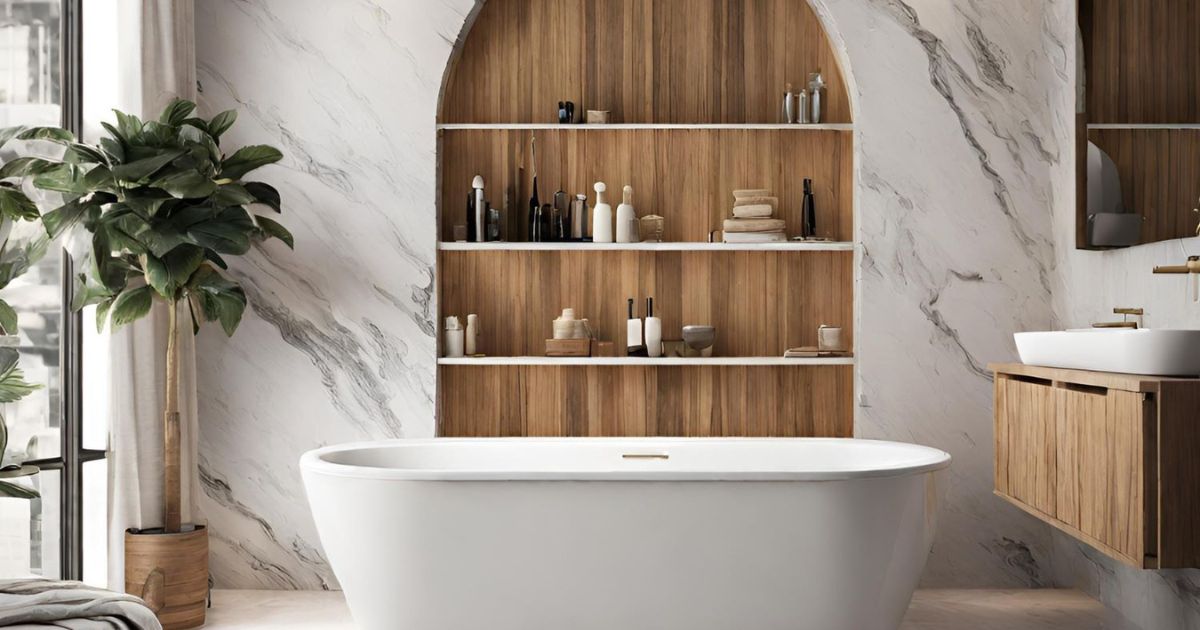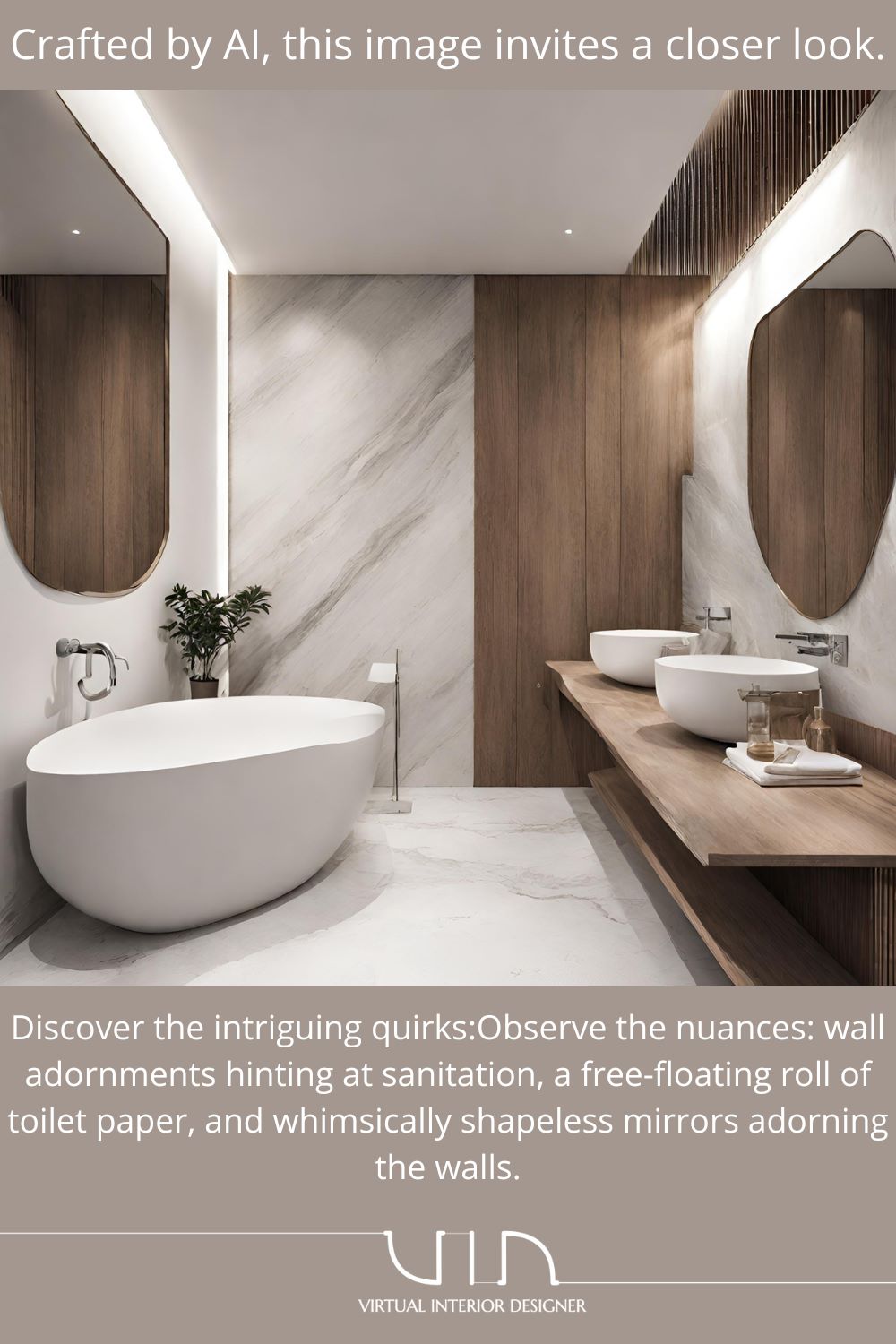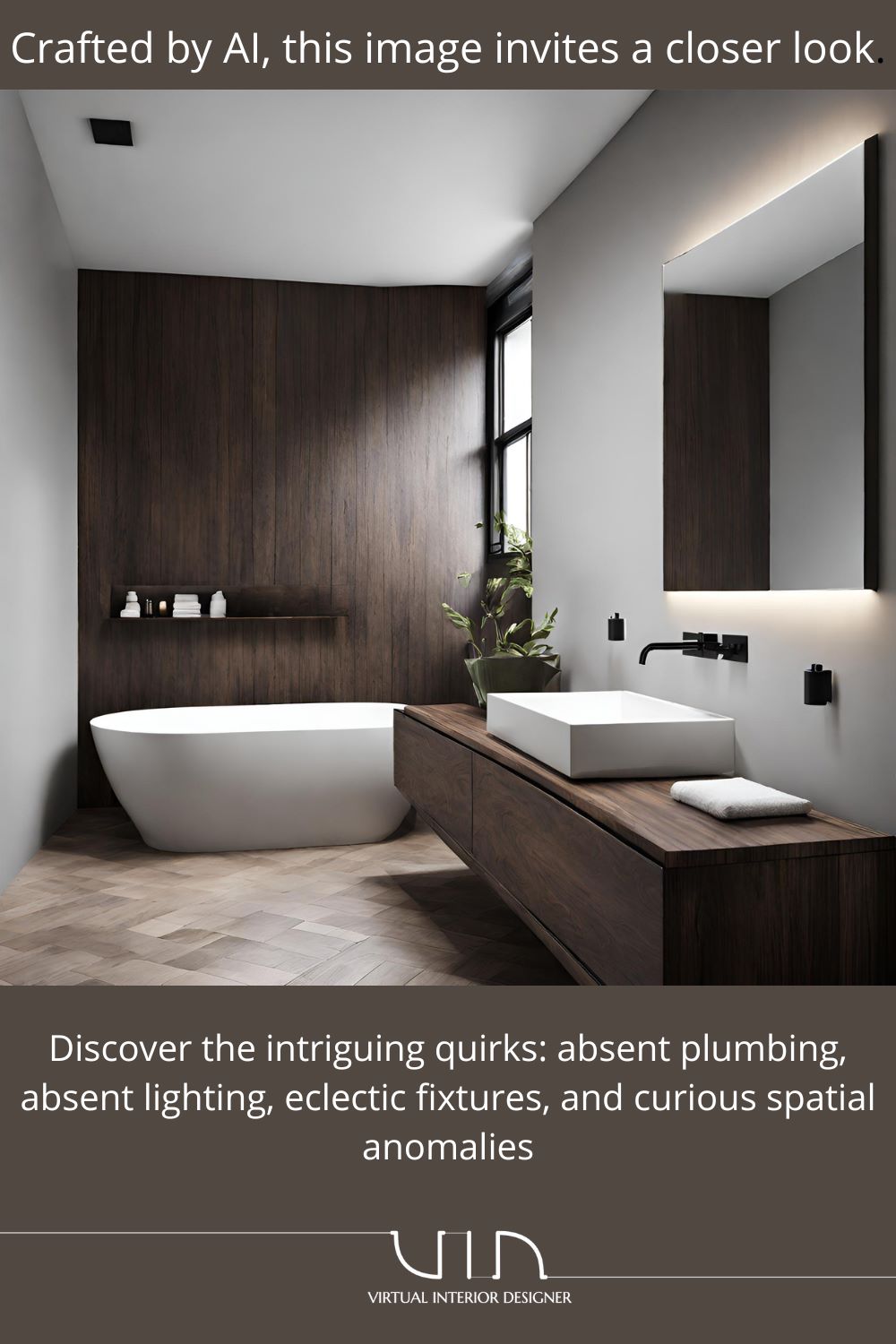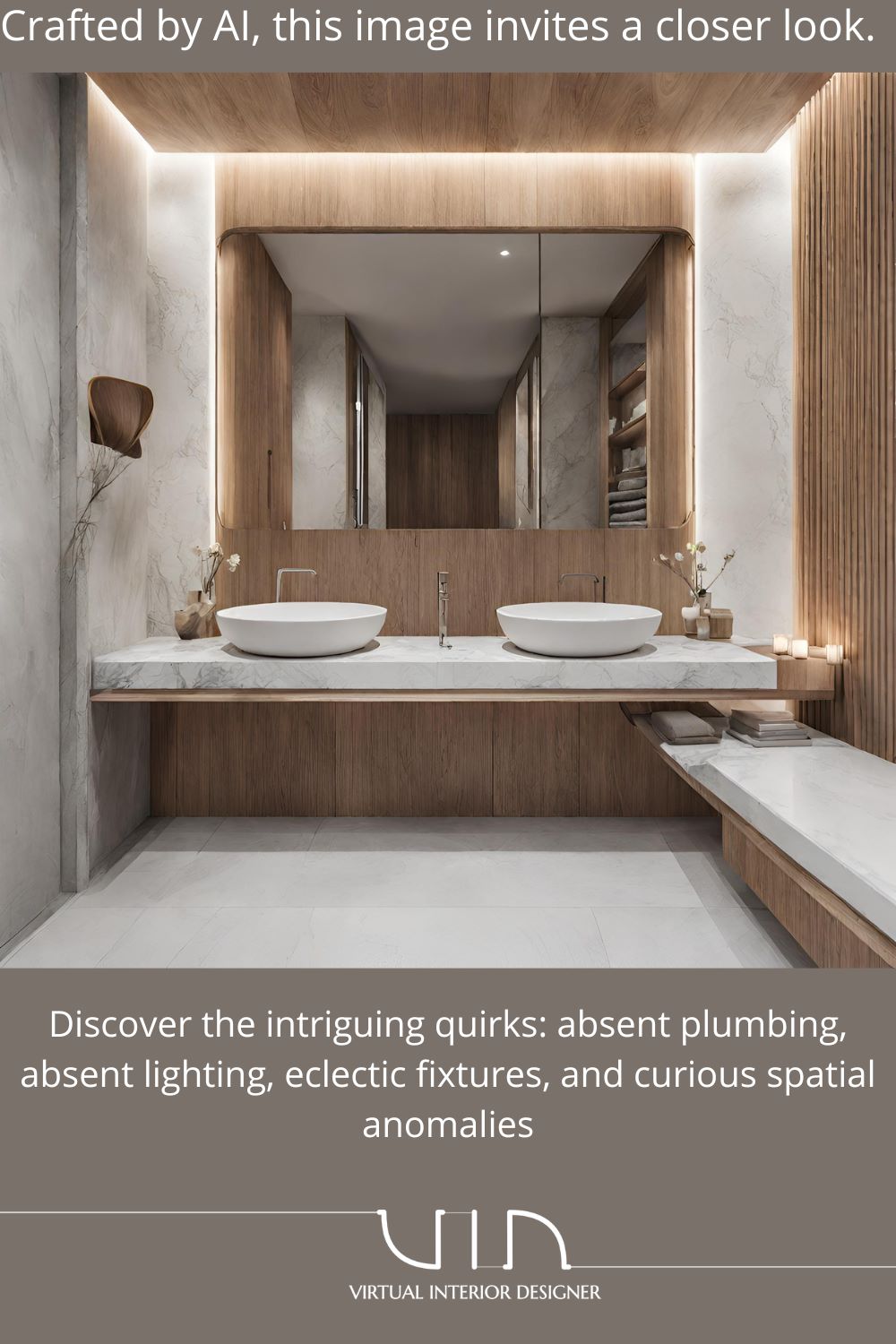Decoding the Digital Canvas: Spotting AI-Generated Images in Interior Design
This post aims to equip readers with the knowledge to critically assess images within the field of interior design, fostering a deeper understanding of the interplay between human creativity and AI capabilities.

Generated with AI built in Canva
As artificial intelligence (AI) continues to make strides in creative fields, the ability to distinguish between AI-generated images and those created by human hands has become increasingly valuable. This is particularly true in the field of interior design, where the realism and detail of AI-generated visuals can blur the lines between digital fantasy and tangible reality. Understanding the nuances and telltale signs of AI-generated images can empower designers, clients, and enthusiasts alike to navigate the digital landscape with a discerning eye. Here are key insights on how to spot AI-generated images in interior design.
Unrealistic Perfection
One of the hallmarks of AI-generated images is an often-overwhelming sense of perfection. While real interior spaces grapple with the quirks of natural lighting, shadow play, and the texture of materials, AI-generated images may present a space that is too pristine. Look for overly symmetric patterns, flawless textures, and lighting that seems to defy the natural laws of physics. Such elements might suggest the image has been generated by an AI, especially if the space lacks the subtle imperfections that come with real-life environments.
Repetition and Pattern Anomalies
AI algorithms often rely on patterns and data from existing images to create new visuals. This process can lead to noticeable repetitions or anomalies within an image. For instance, you might see the same artwork or furniture piece duplicated in different parts of the room or patterns in textiles and wall coverings that don’t align quite right. These repetitions can be a clear indicator that the image was not crafted by a human eye.

Generated with AI built in Canva
Material and Texture Discrepancies
While AI has become adept at mimicking a wide range of materials and textures, there are often subtle discrepancies that can give away a digital creation. Pay close attention to how different textures interact with light and shadow. Real materials have a depth and complexity that can be challenging for AI to replicate accurately. For example, the way light reflects off a silk curtain versus a matte wall paint might not be rendered with complete accuracy in an AI-generated image.
Unusual Proportions or Perspectives
AI-generated images can sometimes contain spatial inconsistencies or perspective issues. Elements within the room might be out of proportion with each other, or the perspective might be slightly skewed, making the space feel unnaturally stretched or compressed. Human designers have an innate understanding of space and proportion that can be difficult for AI to replicate perfectly, especially when creating complex, multi-dimensional interior environments

Generated with AI built in Canva
Lack of Emotional Connection
One of the more intangible aspects of interior design is the emotional resonance a space can convey. AI-generated images might lack this emotional depth or the subtle cues that indicate a space has been designed with human intuition and creativity. If an image feels cold, overly staged, or lacks a certain “lived-in” quality, it might be the product of an AI rather than a human designer.
Identifying AI Signatures
Some AI-generated images might carry specific signatures or watermarks indicating their origin. This can be a straightforward way to identify an AI creation, though not all images will have such markers. Familiarizing yourself with popular AI image generation platforms and their signature styles can also provide clues.

Generated with AI built in Canva

Generated with AI built in Canva
As AI continues to evolve, distinguishing between AI-generated and human-created images will become more challenging but also more crucial. By developing an eye for the subtle cues and inconsistencies that often accompany AI-generated visuals, individuals in the field of interior design can better appreciate the nuances of human creativity and the digital prowess of AI. Understanding these differences not only aids in discerning the origin of an image but also deepens our appreciation for the artistry and imperfection inherent in human-designed spaces.
The peculiarities of AI image creation highlighted here, while focused on bathrooms, equally apply to a broad spectrum of interior design themes.

